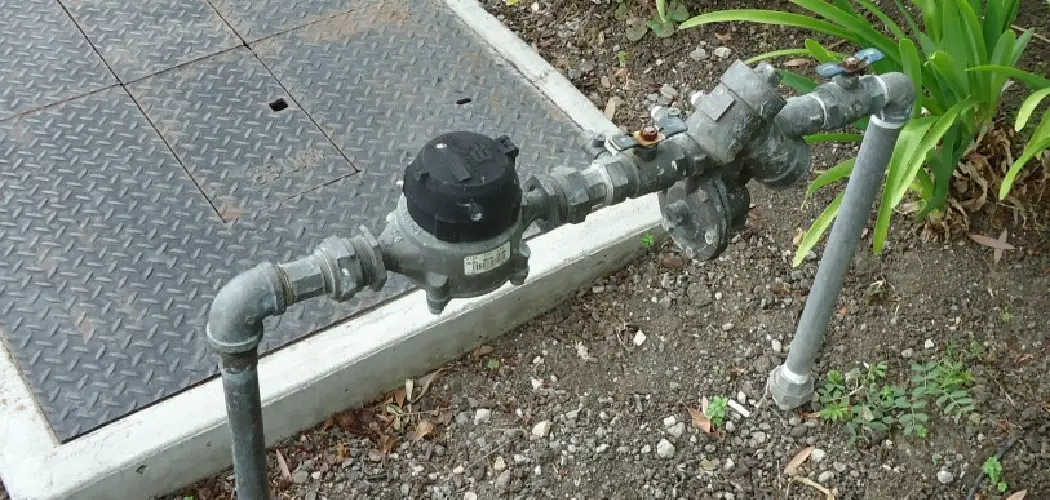Backflow in plumbing systems is a potential hazard that can compromise the quality and safety of your water supply. It occurs when unwanted, contaminated water flows backward into your clean water pipes, posing health risks and causing water quality issues. To safeguard your home and ensure a constant supply of clean water, it’s essential to understand how to prevent backflow in pipes.
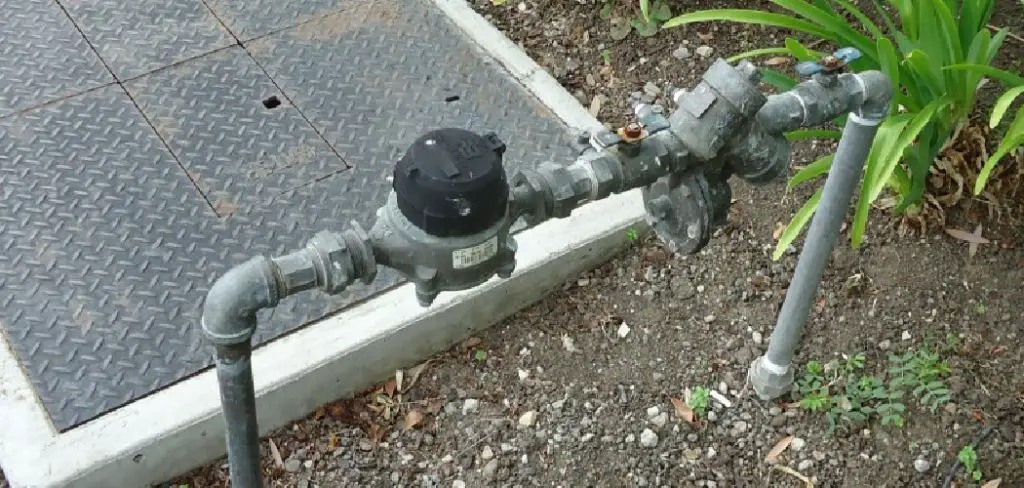
In this comprehensive guide, we will explore the key strategies and preventive measures to keep your plumbing system free from backflow incidents. From the installation of backflow prevention devices to regular maintenance and compliance with local regulations, you’ll learn how to maintain a secure and hygienic water supply.
Whether you’re a homeowner, a business owner, or a facility manager, this guide will equip you with the knowledge and best practices needed to protect your water source from contamination and ensure peace of mind when turning on the tap.
The Significance of Preventing Backflow in Pipes
Backflow can be defined as the unwanted reverse flow of water or other liquids in a plumbing system. This occurs when there is a sudden change in pressure, causing water to flow back in the opposite direction, potentially contaminating clean water with dirty or hazardous substances.
Preventing backflow is crucial for maintaining the safety and cleanliness of our water supply. Without proper prevention measures, backflow can lead to serious health risks and damage to property.
Backflow can occur due to various reasons, such as equipment failure, cross-connections between different plumbing systems, or backpressure from high-pressure sources. Therefore, it is important to have a thorough understanding of how backflow can happen and implement preventive measures accordingly.
One effective way to prevent backflow is by installing backflow prevention devices. These devices are designed to stop the reverse flow of water and maintain the correct direction of flow in a plumbing system. They come in different types, including check valves, air gaps, and reduced pressure zones.
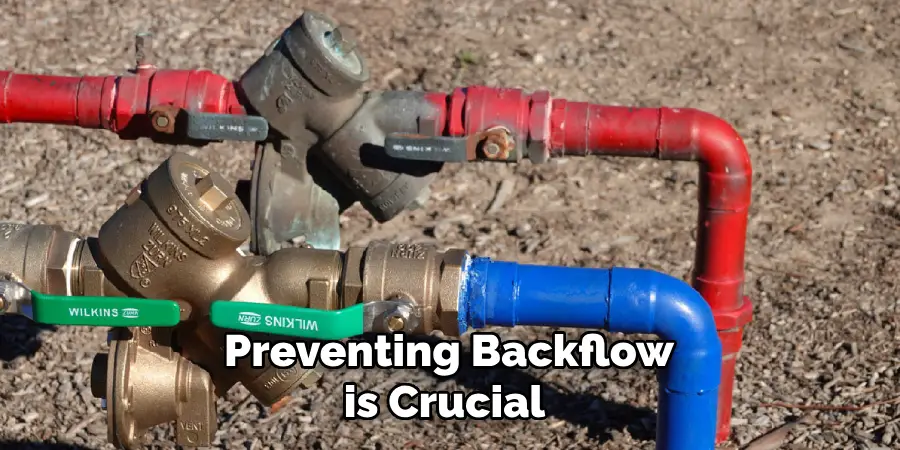
Regular maintenance of these devices is also essential to ensure their proper functioning. This includes regular testing and inspection by a certified professional to identify any potential issues and make necessary repairs or replacements.
In addition to installing backflow prevention devices, cross-connection control plays a vital role in preventing backflow. Cross-connections occur when there is a physical connection between clean water lines and non-potable sources, such as irrigation systems or industrial equipment.
10 Methods How to Prevent Backflow in Pipes
1. Install a Backflow Preventer
Installing a backflow preventer is the best way to ensure that your pipes are not susceptible to backflow. A backflow preventer is a device that is installed in the plumbing system and helps to keep water flowing in one direction. It works by creating a barrier between the two pipes, which prevents any contaminated water from entering into the clean water supply.
2. Check for Leaks
It’s important to regularly check your pipes for any signs of leakage, as these can be an indication of potential backflow problems. If you notice any leaks or cracks in your pipes, it’s important to get them fixed as soon as possible to prevent any contaminated water from entering into the clean water supply.
3. Clean Your Drains Regularly
Cleaning your drains on a regular basis can help to reduce the risk of backflow in your pipes. By removing debris such as hair, soap scum, and food particles, you can help ensure that there are no blockages in your drains which could lead to backflow issues.
4. Inspect Your Pipes Annually
Having your pipes inspected annually by a qualified plumber can help to identify any potential backflow issues before they become serious problems. During an inspection, a plumber will check for any signs of corrosion or damage that could lead to backflow problems and repair them if necessary.
5. Install an Air Gap Device
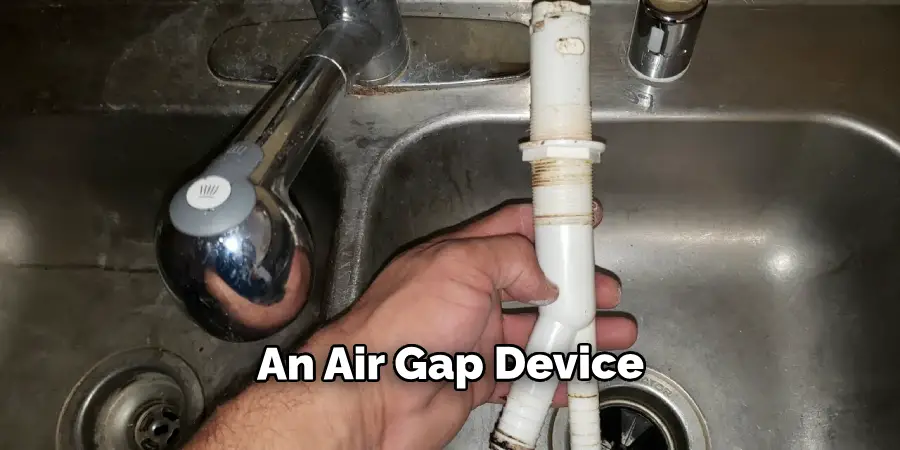
An air gap device is another type of device that can be used to help prevent backflow in pipes. This device works by creating an air gap between the two pipes so that any contaminated water cannot enter into the clean water supply. The device should be installed at least 6 inches above the flood level of the sink or other fixture where it is being used.
6. Use Non-Return Valves
Non-return valves are also effective at preventing backflow in pipes and should be installed wherever possible throughout your plumbing system. These valves work by allowing water to flow in one direction only, which helps prevent any contaminated water from entering into the clean water supply and causing contamination issues or health risks for those living in the home or business premises where it is installed.
7. Avoid Overloading Your Pipes
Overloading your pipes with too much pressure can cause them to burst or crack, leading to potential backflow issues due to weakened seals around joints and connectors within the plumbing system itself.
It’s important not to overload your pipes with too much pressure by using too many fixtures at once or running multiple appliances simultaneously on one line of pipework within your home or business premises so as not to put undue strain on them and cause potential damage over time due to excessive pressure levels being applied on them continually over long periods of time without proper maintenance checks being carried out periodically on them also.
8. Utilize Pressure Relief Valves
Pressure relief valves are devices designed specifically for preventing excessive pressure build-up within piping systems, which could otherwise result in bursting or cracking due to overloading occurring due to their design limitations when subjected constantly over long periods of time without proper maintenance checks being carried out periodically on them also.
These types of valves are usually fitted onto main pipelines where they act as safety devices controlling maximum allowable pressures allowed through them, thus helping protect against potential bursting incidents from occurring due to high-pressure levels exceeding their design limitations if left unchecked over long periods of time.
9. Monitor Water Levels Regularly
Monitoring levels regularly within piping systems helps detect changes quickly before they become more serious problems resulting from either excess pressure build-up due to overloading occurring from too many fixtures connected onto one line pipework,or contamination issues arising due to infiltration occurring through weakened seals around joints & connectors located along its length.
This helps alert operators quickly about potential dangers, allowing corrective action steps to be taken immediately, thus avoiding further damages resulting from such incidents before they occur.
10. Maintain Proper Hygiene Standards
Maintaining proper hygiene standards throughout all areas connected directly & indirectly with piping systems helps significantly reduce the chances of cross-contamination occurring between different sections connected together.
This includes cleaning all surfaces regularly connected with pipework,ensuring no foreign objects are left lying around near connecting points, and ensuring proper disposal methods are used when dealing with hazardous materials within the vicinity of piping systems to prevent potential cross-contamination incidents from occurring also.
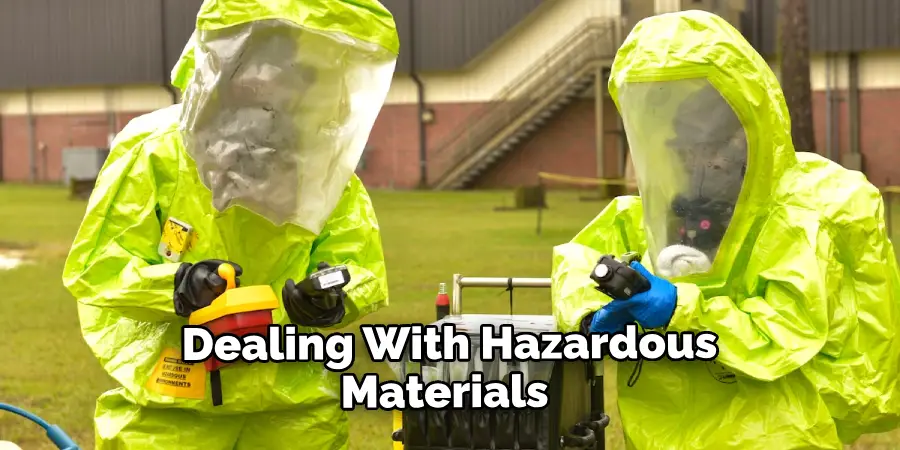
Things to Consider When Preventing Backflow in Pipes
Backflow in pipes is a common occurrence that can cause serious damage to plumbing systems. It happens when the flow of water reverses direction, which can contaminate the clean water supply and render it unusable. To prevent backflow, there are several things to consider:
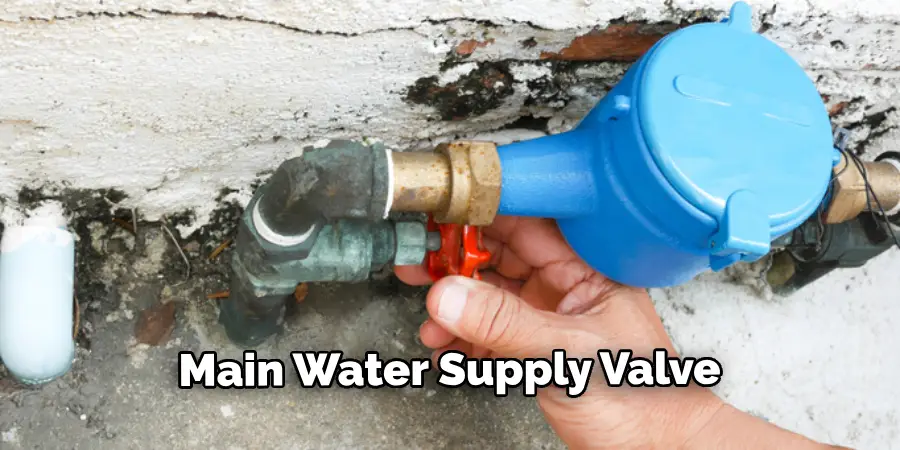
- Understand Your Plumbing System: The first step in preventing backflow is understanding your plumbing system. Know where your main water supply valve is located and how to shut it off in case of emergencies.
- Install Backflow Prevention Devices: Certain plumbing fixtures, such as toilets, showers, and sinks, should have backflow prevention devices installed. These devices help keep contaminated water from flowing back into the clean water supply.
- Regular Maintenance: Regularly maintaining your plumbing system is crucial in preventing backflow. This includes checking for any leaks or damages, ensuring proper drainage, and cleaning out clogs.
- Monitor Pressure Changes: Fluctuations in water pressure can cause backflow. It is important to monitor changes in water pressure and take necessary precautions to prevent backflow from occurring.
- Be Mindful of Cross-Connections: A cross-connection is when a contaminated water source comes into contact with the clean water supply. To prevent this, make sure to properly separate different plumbing systems and install backflow prevention devices if needed.
- Follow Local Codes and Regulations: Different regions may have specific codes and regulations regarding backflow prevention that must be followed. Make sure you are aware of these guidelines and comply with them to ensure the safety of your plumbing system.
Common Mistakes to Avoid When Preventing Backflow in Pipes
Here are some common mistakes to avoid when preventing backflow in pipes:
- Using Incorrect Backflow Prevention Devices: There are different types of backflow prevention devices available on the market, such as air gaps, check valves, and vacuum breakers. It is important to choose the right device for your specific plumbing system and ensure that it is installed correctly.
- Neglecting Regular Maintenance: Backflow prevention devices require regular maintenance to function properly. Neglecting this can lead to the buildup of deposits or wear and tear, which can compromise the effectiveness of the device.
- Not Testing Backflow Prevention Devices: In addition to regular maintenance, backflow prevention devices should also be tested periodically to ensure they are working as intended. This test should be conducted by a certified professional.
- Improperly Installed Sprinkler Systems: If you have a sprinkler system in your yard, make sure it is installed correctly with proper backflow prevention measures in place. Improper installation can lead to backflow, especially if the system is connected directly to your main water supply.
- Ignoring Cross-Connections: A cross-connection occurs when a potable water supply comes into contact with a non-potable source, such as a garden hose submerged in a pool or water from a chemical tank. This can create a backflow situation and contaminate your drinking water.
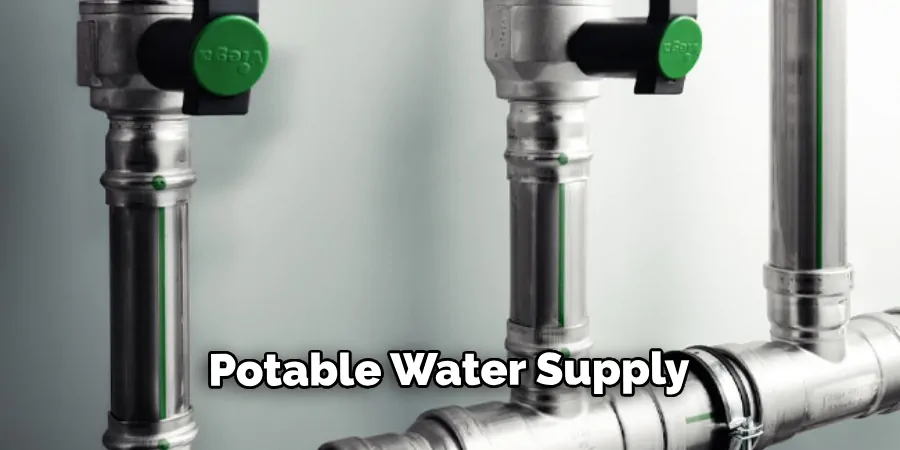
Conclusion
It is essential for everyone to know how to prevent backflow in pipes. Backflow can cause extensive damage, and with a bit of knowledge and effort anyone can prevent it from happening in the first place.
From using check valves to inspecting your pipes at least once a year, there are multiple strategies available to help you protect your plumbing. Remember that it is not enough to be aware of backflow; you need to take action and preventive measures now.
Take time out and invest in backflow prevention today; you’ll be thankful further down the line that you did so. Not only will you save time, money, and energy by heading off backflow before it has the chance to do its damage, but will also have peace of mind knowing your plumbing system is safe and sound.

